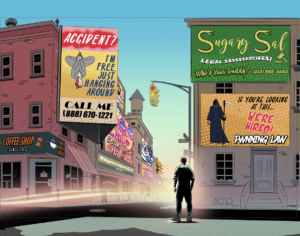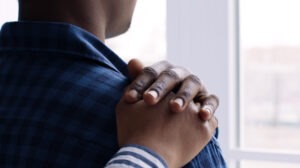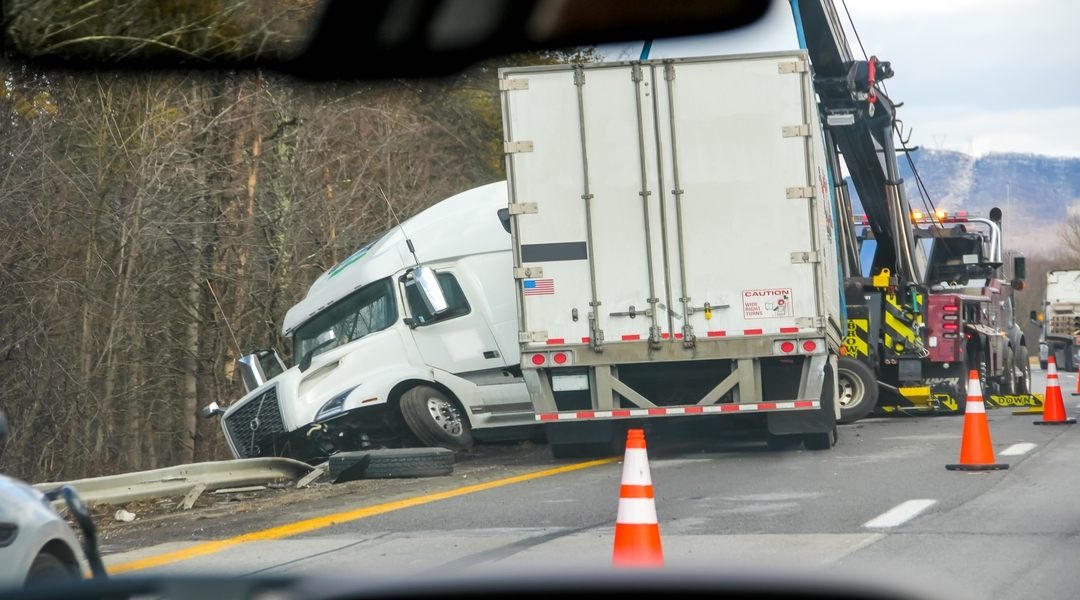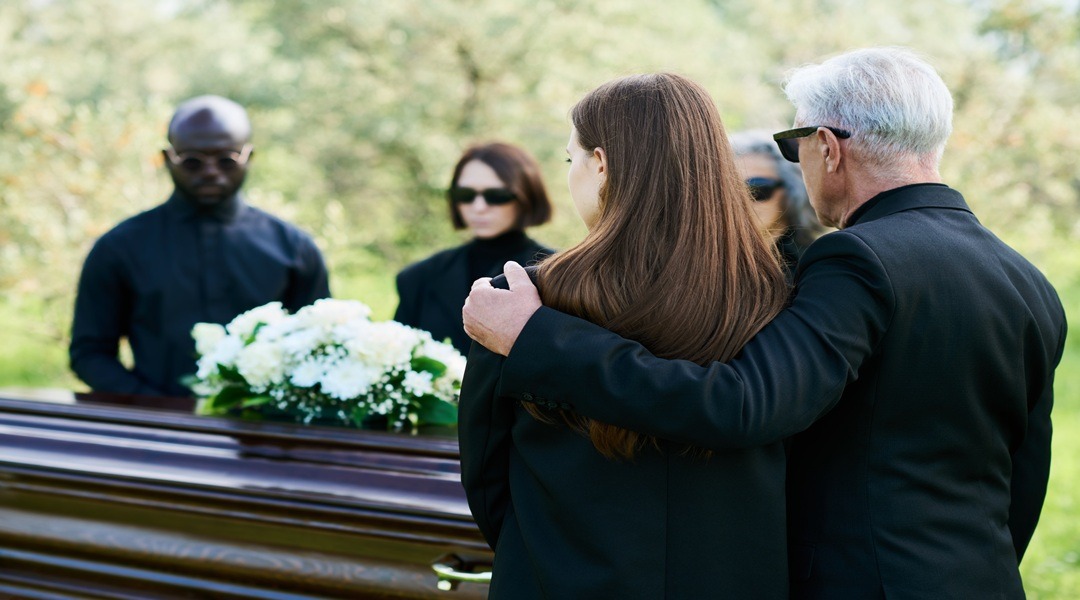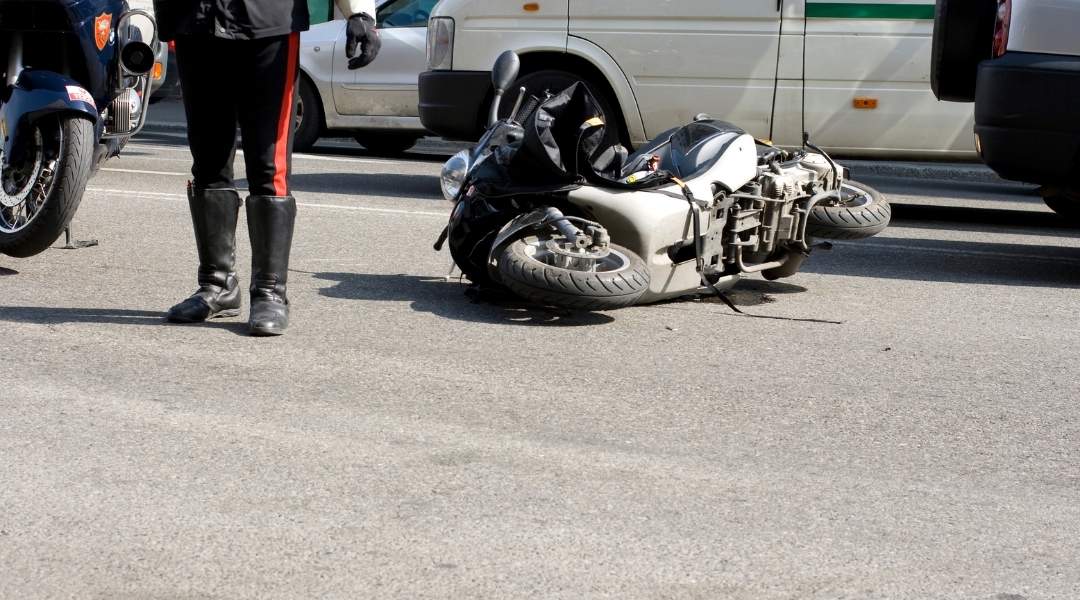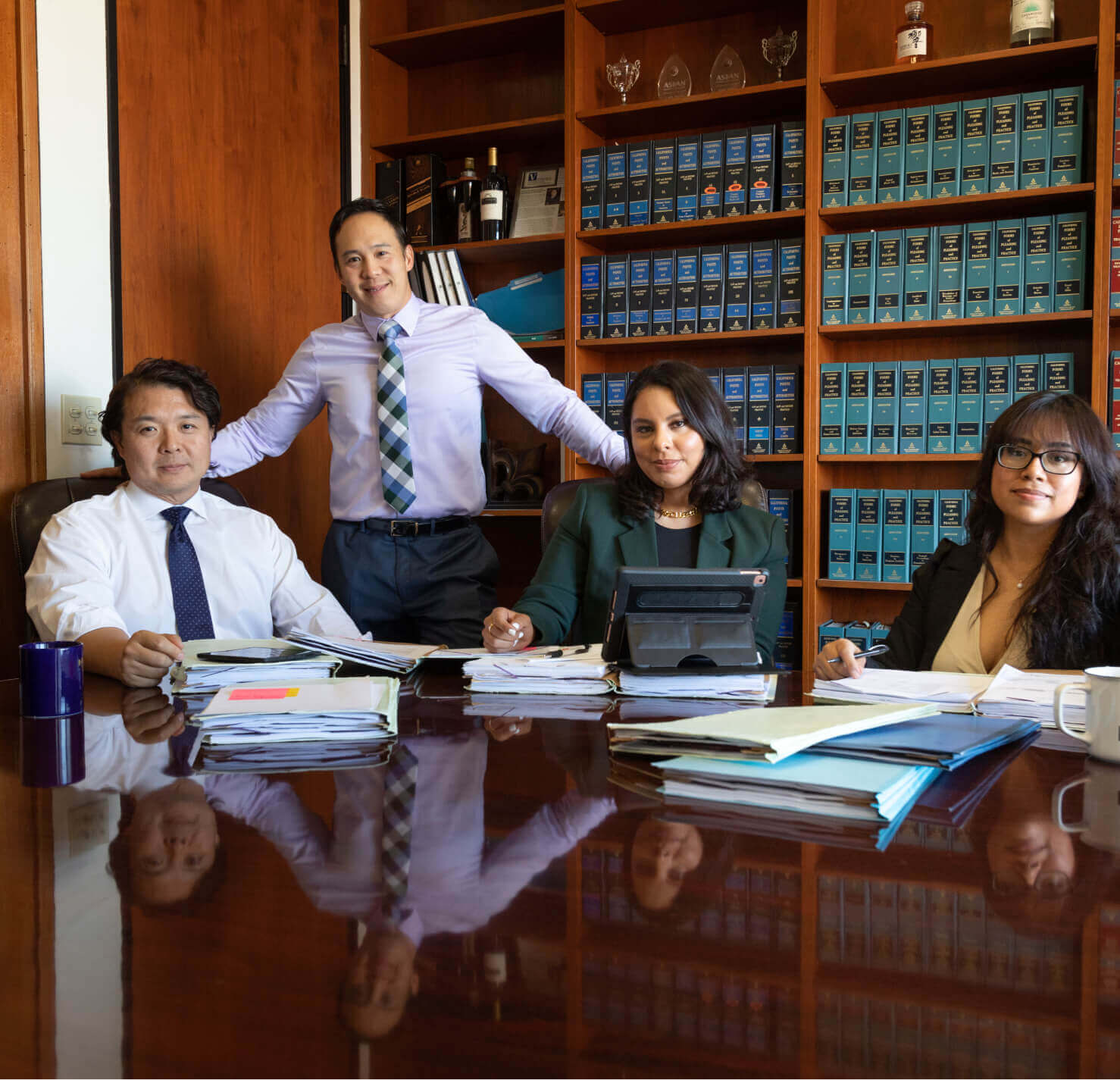Get Justice with a Los Angeles Car Accident Lawyer
Car accidents can turn your life upside down, leaving you with painful injuries, emotional distress, and overwhelming financial burdens. A Los Angeles car accident lawyer can help you fight for the compensation you deserve and hold the responsible party accountable.
At Venerable Injury Law, our experienced personal injury attorneys are here to guide you through the legal process and ensure you receive the maximum recovery for your losses. With cutting-edge tools like our exclusive ClaimTrack app, we make it easier than ever to stay updated on your case.
We will work tirelessly to help you recover the compensation you need to move forward with your life

Why Choose an Experienced Car Accident Lawyer?
When you’re facing one of the most challenging times in your life, you need legal representation you can trust. At Venerable Injury Law, we offer:
-
24/7 legal services to support you at any time
-
Hands-on guidance to maximize your claim
-
Experienced negotiators who deal directly with insurance companies
-
Trial-ready attorneys who will take your case to court if necessary
If you’re struggling with medical bills, lost wages, or uncertainty about your future, let a Los Angeles personal injury lawyer from our firm handle your case while you focus on recovery.
We will treat you with the respect and compassion you deserve.

How a Los Angeles Car Accident Attorney Can Help
When you hire our firm, you get dedicated legal support from start to finish. Here’s how we build a strong case for you:
-
Investigating your accident to determine liability
-
Gathering evidence such as photos, videos, and witness statements
-
Consulting experts like accident reconstructionists
-
Handling insurance negotiations to secure fair compensation
-
Tracking your losses to ensure nothing is overlooked
With over 30 years of combined experience, our team knows how to navigate the complexities of car accident claims. We won’t stop fighting until you get the financial recovery you need.
Compensation We Can Pursue for You
After a car accident, you may be entitled to economic and non-economic damages, including:
-
Medical expenses (current and future)
-
Lost wages and future income loss
-
Vehicle repairs or replacement
-
Pain and suffering
-
Emotional distress
-
Diminished quality of life
We will carefully evaluate your losses, find evidence to support your claim, and negotiate aggressively to ensure you receive full and fair compensation.
You are not just a case number – you are our top priority.

Dealing with the Insurance Company
Insurance companies often try to minimize payouts by offering lowball settlements or questioning the severity of your injuries. Without an attorney, you may end up receiving far less than you deserve.
A Los Angeles car accident lawyer from our team will:
-
Protect you from unfair settlement offers
-
Negotiate with insurers on your behalf
-
Ensure your claim covers all damages
-
Handle all communication to reduce stress
Don’t settle for less than you deserve—let our team fight for the maximum compensation possible.
When You May Need to File a Lawsuit
While many car accident claims settle out of court, filing a lawsuit may be necessary if:
-
Your damages exceed the insurance policy limits
-
The insurance company refuses to pay fairly
-
You suffered severe or life-altering injuries
-
The at-fault driver was intoxicated or reckless
If litigation is required, we are fully prepared to take your case to trial. You are not just a case number to us—your well-being is our priority.
Common Injuries We Can Help You Recover From
We have represented clients suffering from a wide range of injuries, including:
-
Whiplash
-
Concussions and traumatic brain injuries (TBI)
-
Spinal cord injuries and herniated discs
-
Broken bones and fractures
-
Internal organ damage and internal bleeding
-
Burns, crush injuries, and dislocations
-
Wrongful death cases
Our legal team will work with your doctors and medical professionals to ensure your full medical needs are accounted for in your claim.
What Causes Car Accidents?
Car accidents are often caused by preventable mistakes. Common causes include:
-
Distracted driving (texting, eating, adjusting GPS)
-
Driving under the influence (alcohol, drugs, or medication)
-
Reckless driving (speeding, tailgating, aggressive driving)
-
Poor road conditions (weather, potholes, or faulty traffic signals)
-
Mechanical failures (brake issues, tire blowouts)
If someone else’s negligence led to your accident, you have the right to seek compensation. We will investigate all possible causes to build the strongest case for you.
How Long Do You Have to File a Lawsuit?
In California, you typically have two years from the date of the accident to file a personal injury lawsuit under California Code of Civil Procedure §335.1.
If you wait too long, you may lose your right to seek compensation. That’s why it’s crucial to contact us as soon as possible. We offer a free consultation to help you understand your options.
Why Choose Venerable Injury Law?
Our firm has successfully represented over 3,000 clients, and 90% of our cases result in maximum policy limits being paid out. When you hire us, you get:
-
Proven success in car accident claims
-
Access to our ClaimTrack app for real-time case updates
-
Aggressive representation to fight for every dollar you deserve
No Fees Unless We Win
We understand that a car accident can put financial strain on you. That’s why we operate on a contingency fee basis—you don’t pay us unless we win your case.
If you’ve been in a car accident in Los Angeles, don’t wait to seek legal help. Contact Venerable Injury Law today for a free, no-obligation consultation and let us fight for the compensation you deserve.
We believe that our experience, dedication, and personalized approach set us apart from the rest.




